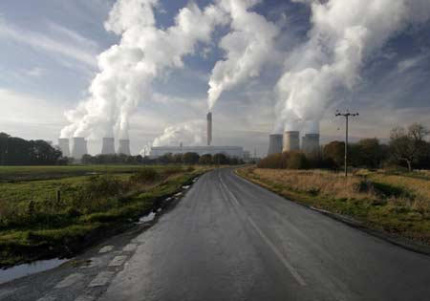 The flexibility mechanisms of the Kyoto Protocol to the UNFCCC were created to offer a cost efficient way of reducing carbon emissions. The two main flexibility mechanisms are emissions trading and the Clean Development Mechanism. In theory, these mechanisms could reduce global carbon emissions while simultaneously spreading awareness about climate change and helping to end poverty in the developing world. In reality, these mechanisms have not been successful in reducing overall emissions or contributing to sustainable development due to a few main failures in the system: the lack of reinforcement; the vagueness of the rule that offsets must be in ‘addition’ to those cut domestically; and the transactions costs of trading…
The flexibility mechanisms of the Kyoto Protocol to the UNFCCC were created to offer a cost efficient way of reducing carbon emissions. The two main flexibility mechanisms are emissions trading and the Clean Development Mechanism. In theory, these mechanisms could reduce global carbon emissions while simultaneously spreading awareness about climate change and helping to end poverty in the developing world. In reality, these mechanisms have not been successful in reducing overall emissions or contributing to sustainable development due to a few main failures in the system: the lack of reinforcement; the vagueness of the rule that offsets must be in ‘addition’ to those cut domestically; and the transactions costs of trading…